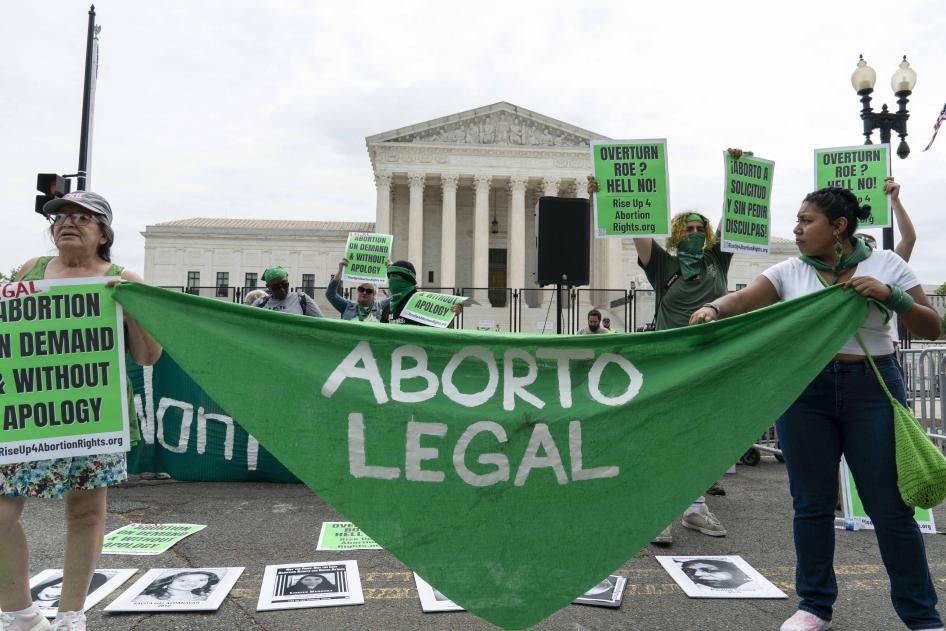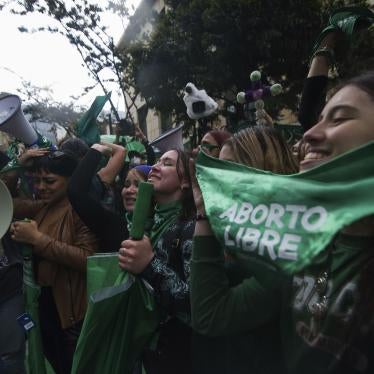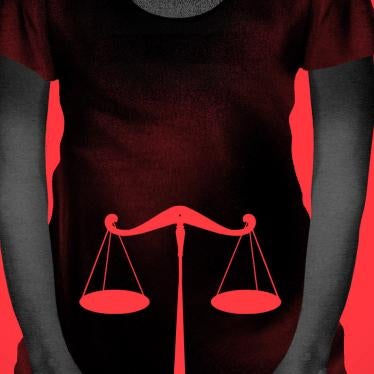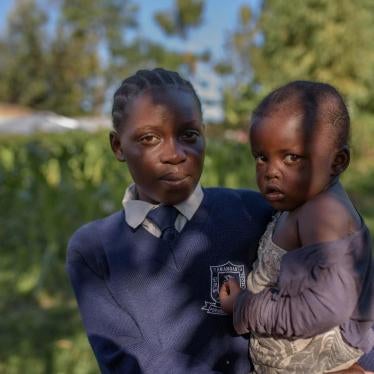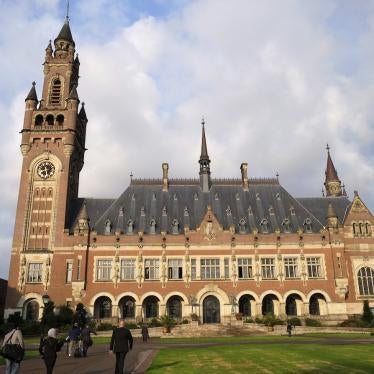In a predicted but nonetheless stunning opinion issued today, the United States Supreme Court overturned the constitutional guarantee of abortion access in the United States, reversing half a century of court protection for this fundamental right.
Access to abortion is a right critical to guaranteeing a wide range of other human rights, including the rights to life and security of person, privacy, nondiscrimination, and freedom from cruel, inhuman or degrading treatment, among others.
However, while the court has for now removed constitutional protection for access to abortion, the United States has international human rights obligations to ensure it. These are embedded in international treaties ratified by the United States, and the right of access to safe and legal abortion is rooted in international human rights law.
While constitutional law scholars and experts are still digging deeply into the complexities of the court’s ruling, what is clear from the opinion written by Justice Alito is that the Court has held that the United States Constitution does not confer a right to access abortion. In so stating, the Court is overruling the landmark case Roe v. Wade and subsequent case Casey v. Planned Parenthood. With its ruling, the court is returning the authority to regulate abortion “to the people and their elected representatives.”
Research has shown that when abortion is banned or restricted, abortions do not cease, they just move underground. This increases the risk both of unsafe procedures and that people will be reported to police or prosecuted for suspected abortions. This is likely to particularly affect people who have historically had less access to health services due to discrimination and other systemic barriers, including adolescents; Black, Indigenous, and other people of color; people living in rural communities or in poverty; and people discriminated against based on their sexual orientation and gender identity.
Human Rights Watch research has also shown that abortion bans can lead health professionals, sometimes fearing prosecution, to refer patients with obstetric emergencies or miscarriages – which look like abortions – to the police, making it difficult for doctors to do their jobs and provide their patients with the best standard of care.
As the dissenters noted, unlike the United States, countries around the world, from Thailand to Ireland to Mexico, have moved to expand legal abortion, and this decision leaves the US as a human rights outlier. As Human Rights Watch, along with Amnesty International and Global Justice Center, advised the US Supreme Court in an amicus brief, “[n]o abortion law is written on a blank slate. The United States can and should learn from the experiences and outcomes from other nations.”
Those experiences have taught us that the US – which shockingly already has the highest maternal mortality rate among at least 10 other wealthy countries – should brace for maternal mortality and morbidity to rise, particularly among Black people and people living in poverty.
In one blow, the court has decimated protections for a key right that is closely bound up with gender equality, racial justice, and basic economic and social rights, instead opening the door for government control of one of the most private decisions someone can consider.
Make no mistake; what will unfold will be a human rights tragedy.
--
This dispatch is part of a series of on abortion and human rights globally. You can view all of the articles here:
https://www.hrw.org/topic/womens-rights/reproductive-rights-and-abortion
Or read them individually here:
The US Is Falling Behind Other Democracies When It Comes to Abortion
As US States Restrict Abortion Access, Mexican States Expand It
Recognized Yet Limited: Abortion Rights in Nepal
How Colombia Could Inspire the Fight for Abortion Rights in the US

